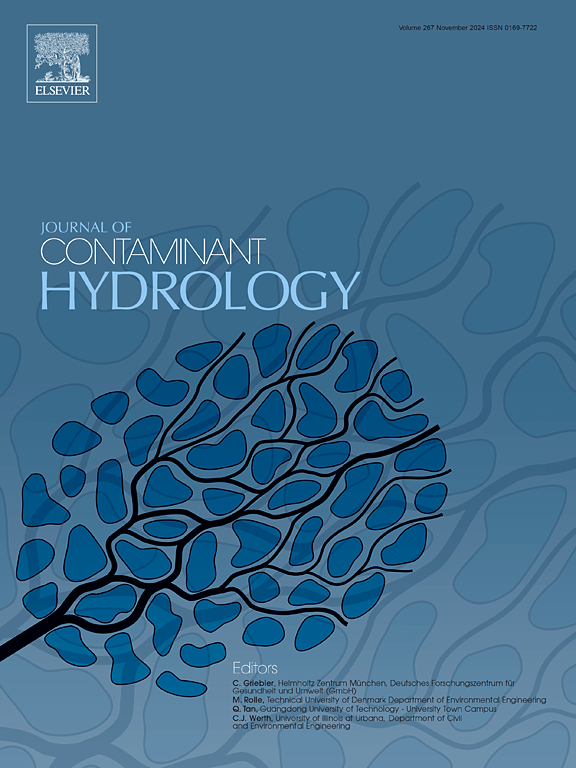Artificial intelligence based detection and control strategies for river water pollution: A comprehensive review
IF 3.5
3区 环境科学与生态学
Q2 ENVIRONMENTAL SCIENCES
引用次数: 0
Abstract
Water quality (WQ) is a metric for assessing the overall health and safety of water bodies like a river. Owing to the habitation of anthropogenic habitation around its basin, the rivers can become one of the most contaminated water sources globally. The solutions to prevent and remit the impact of river water pollution faces many challenges, one of these entails the management of nonlinear, nonstationary water related dataset. This paper provides a detailed overview of Artificial Intelligence (AI) based techniques and algorithms, highlighting their practical applications in the critical domain of river water pollution diction and control. This review shows models for river WQ simulation from 2019 to 2024, in which over 110 research articles from various databases are analyzed. Key advancements in Machine Learning (ML) and Deep Learning (DL) technologies, including Artificial Neural Networks (ANN), Deep Neural Networks (DNN), Long Short-Term Memory (LSTM), and Random Forest (RF), are highlighted. Besides that, the amalgamation of Internet of Things (IoT) technologies is tested, showing their role in enhancing real-time monitoring and predictive capabilities through continuous data collection and advanced ML/DL models. This review addresses critical challenges and identifies emerging opportunities for future research by showcasing the application of ML, DL, and IoT innovations in surface WQ modeling. It highlights the potential of leveraging advanced technologies to form strengthen solutions for sustainable water resource management and the protection of vital aquatic ecosystems.

基于人工智能的河水污染检测与控制策略:综述。
本文章由计算机程序翻译,如有差异,请以英文原文为准。
求助全文
约1分钟内获得全文
求助全文
来源期刊

Journal of contaminant hydrology
环境科学-地球科学综合
CiteScore
6.80
自引率
2.80%
发文量
129
审稿时长
68 days
期刊介绍:
The Journal of Contaminant Hydrology is an international journal publishing scientific articles pertaining to the contamination of subsurface water resources. Emphasis is placed on investigations of the physical, chemical, and biological processes influencing the behavior and fate of organic and inorganic contaminants in the unsaturated (vadose) and saturated (groundwater) zones, as well as at groundwater-surface water interfaces. The ecological impacts of contaminants transported both from and to aquifers are of interest. Articles on contamination of surface water only, without a link to groundwater, are out of the scope. Broad latitude is allowed in identifying contaminants of interest, and include legacy and emerging pollutants, nutrients, nanoparticles, pathogenic microorganisms (e.g., bacteria, viruses, protozoa), microplastics, and various constituents associated with energy production (e.g., methane, carbon dioxide, hydrogen sulfide).
The journal''s scope embraces a wide range of topics including: experimental investigations of contaminant sorption, diffusion, transformation, volatilization and transport in the surface and subsurface; characterization of soil and aquifer properties only as they influence contaminant behavior; development and testing of mathematical models of contaminant behaviour; innovative techniques for restoration of contaminated sites; development of new tools or techniques for monitoring the extent of soil and groundwater contamination; transformation of contaminants in the hyporheic zone; effects of contaminants traversing the hyporheic zone on surface water and groundwater ecosystems; subsurface carbon sequestration and/or turnover; and migration of fluids associated with energy production into groundwater.
 求助内容:
求助内容: 应助结果提醒方式:
应助结果提醒方式:


